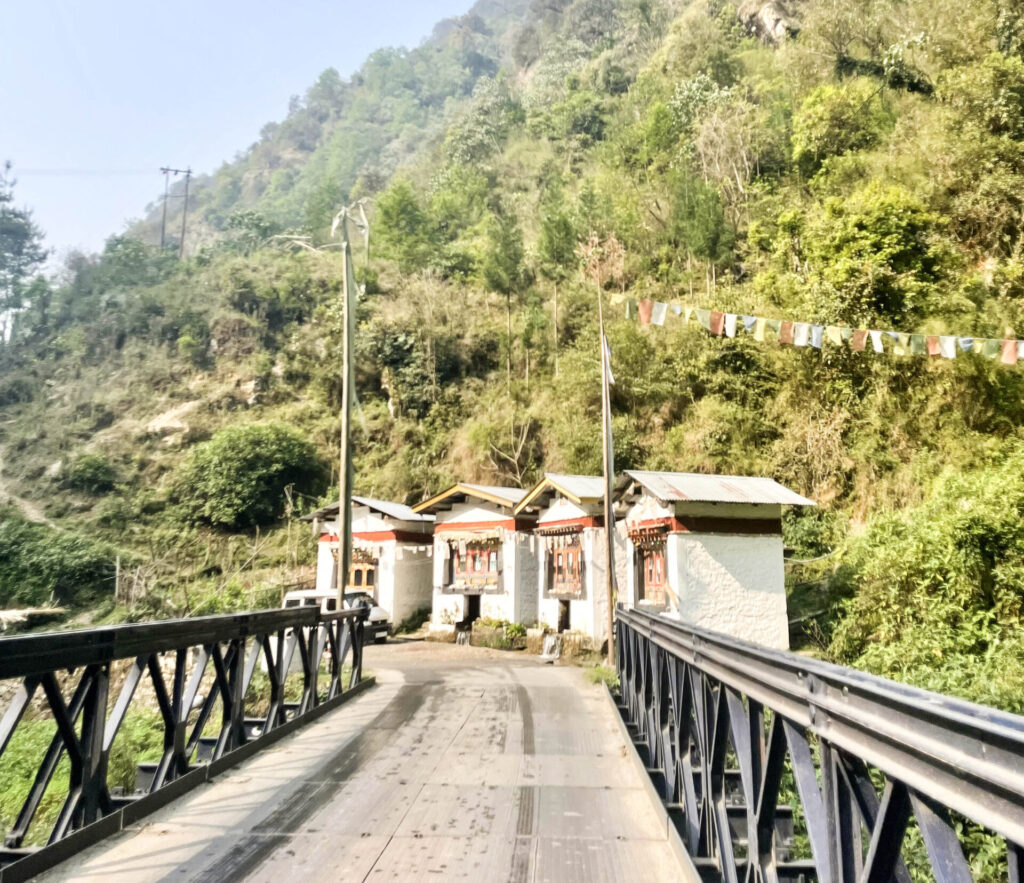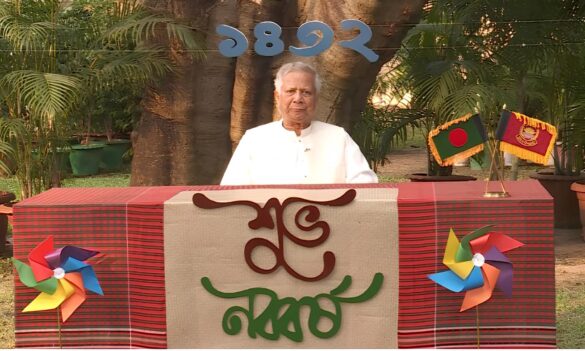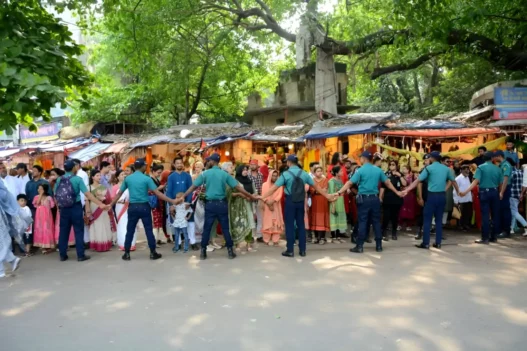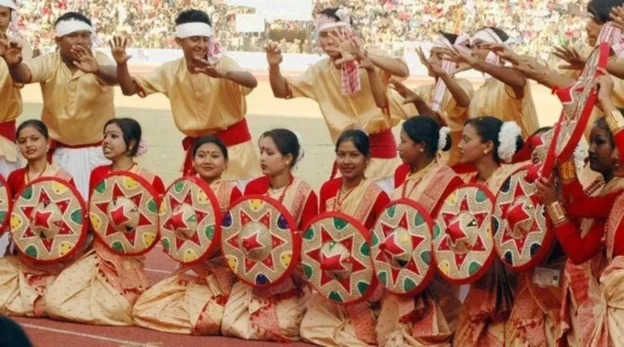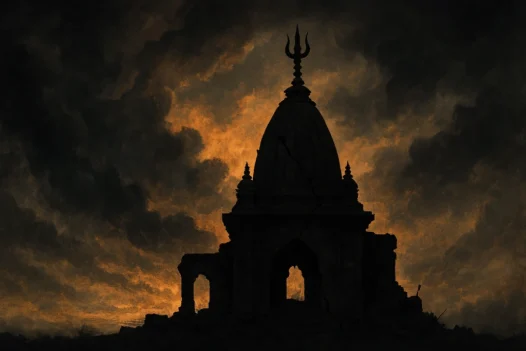Hailing from Arunachal Pradesh, the largest state in terms of area in North East, it is quite common to have not explored or travelled to most parts of the state we call home. There are multiple reasons, mostly logistical and also psychological, perhaps, that lead us to choose travelling out instead of exploring within; even if both destinations are equally pristine and topographically similar. And I have been no exception to it.
I had chanced upon the opportunity to write for ‘Borderlens’, a platform that reports on current events and also brings stories from the hinterlands of the Indian borders in the eastern front. While covering the recent event organised by the Indian Himalayan Council of Nalanda Buddhist Tradition (IHCNBT) held at Zemithang, I had the opportunity to explore places in and around it.
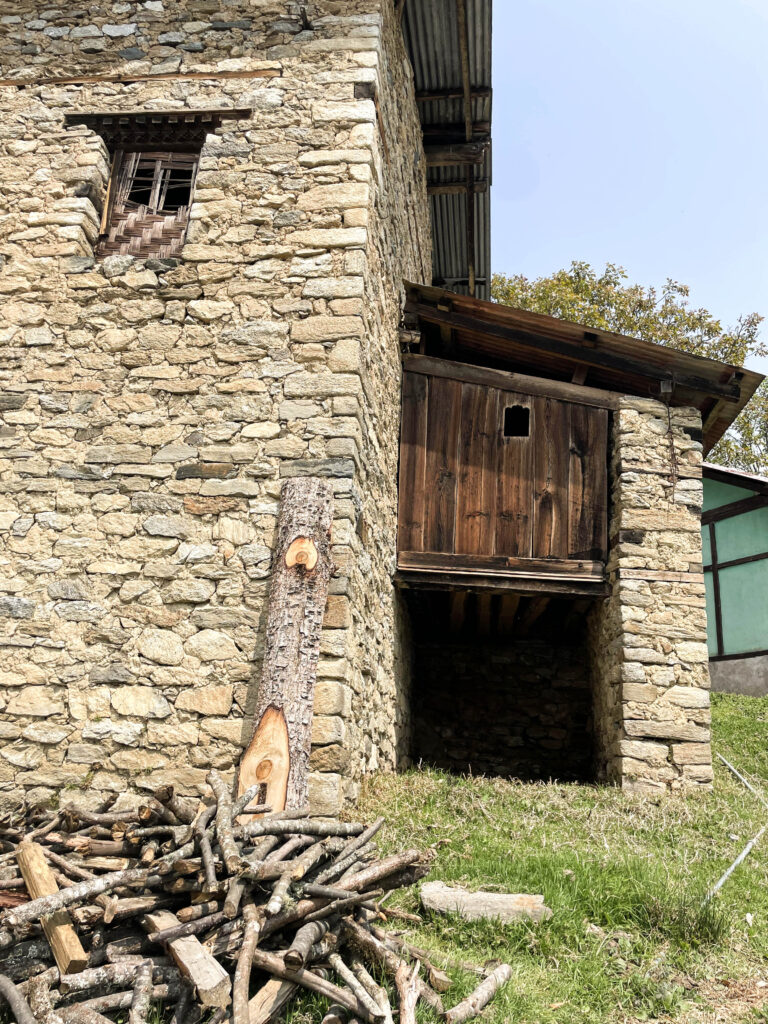
Since a decade or so, “tourism potentials of Arunachal Pradesh” has become a buzz line and a unanimously agreed thought, even in a layman’s circle who might not be aware of the technicalities of tourism or know the basis for gauging the ‘potential’ being agreed upon.
The central government, across ruling parties at different times have taken various initiatives under the ‘Look East Policy’ (1991) with four broad objectives of : regional economic integration, reform and liberalisation, sustained economic growth, development of Northeast India. This policy has since been updated to the ‘Act East Policy’ (2014), with a major focus on the 4Cs: culture, commerce, connectivity, and capacity building. These policies have played a great role in the reimagining of what Arunachal Pradesh, and the North East at large can be. From being the launchpad for India to connect with South East Asian countries to its socio-cultural richness and strategic importance, there is so much to unleash and achieve in every Northeastern state.
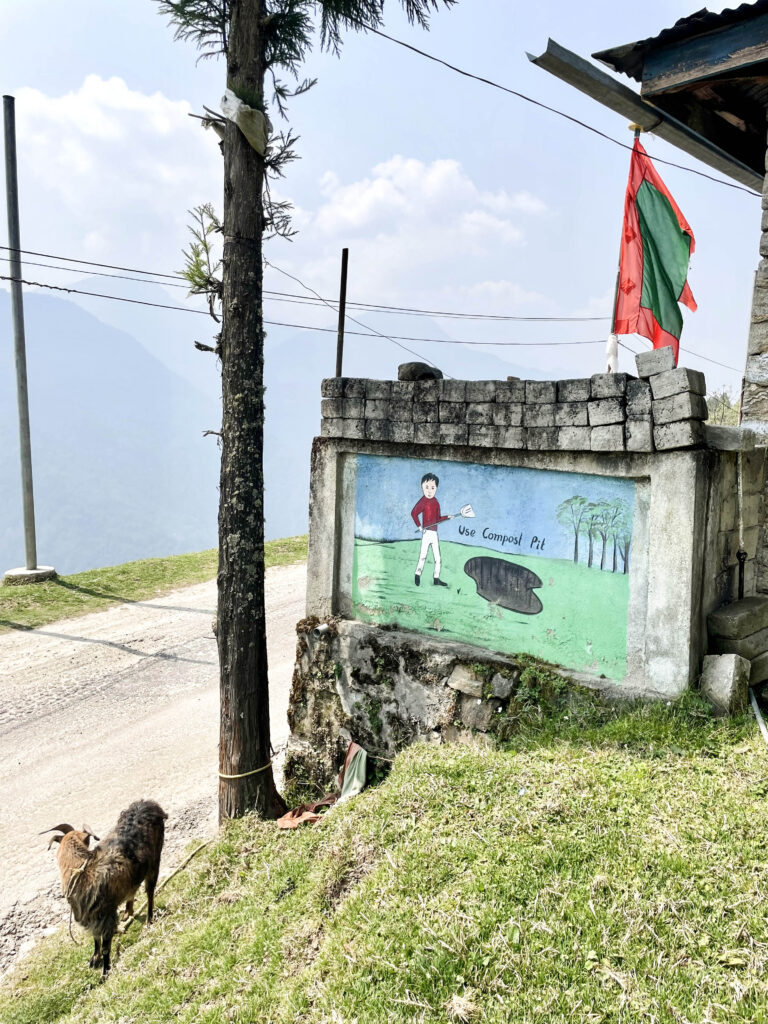
Zemithan/Zimithang falls under the ‘Lumla administrative sub-division’ of Tawang, which is the smallest district in Arunachal Pradesh. Tawang as a district is well-known for its religious, cultural heritage and scenic beauty. However, numerous parts of it remain largely unexplored, with immense untapped potential. Zemithang, located 90 km from the district headquarters, is one such circle in the extreme northwestern side, marking India’s international borders with the Tibetan Autonomous Region (TAR) of China to the north and Bhutan to the south. Adorned with majestic mountain chains, Zemithang, which means ‘land free from all sins,’ was the first halt of the 14th Dalai Lama during his exile in 1959 to escape Chinese occupation and threat.
The lush green ‘Holy tree’ at Kenzamani in Zemithang was the walking stick that the 14th Dalai Lama had used and had left it standing there, which steadily grew to its current glory over the decades. To the opposite side of its location one can also spot PLA camps with naked eyes! The religious significance and spiritual sanctity that this place holds dates back to centuries before the 14th Dalai Lama’s arrival.
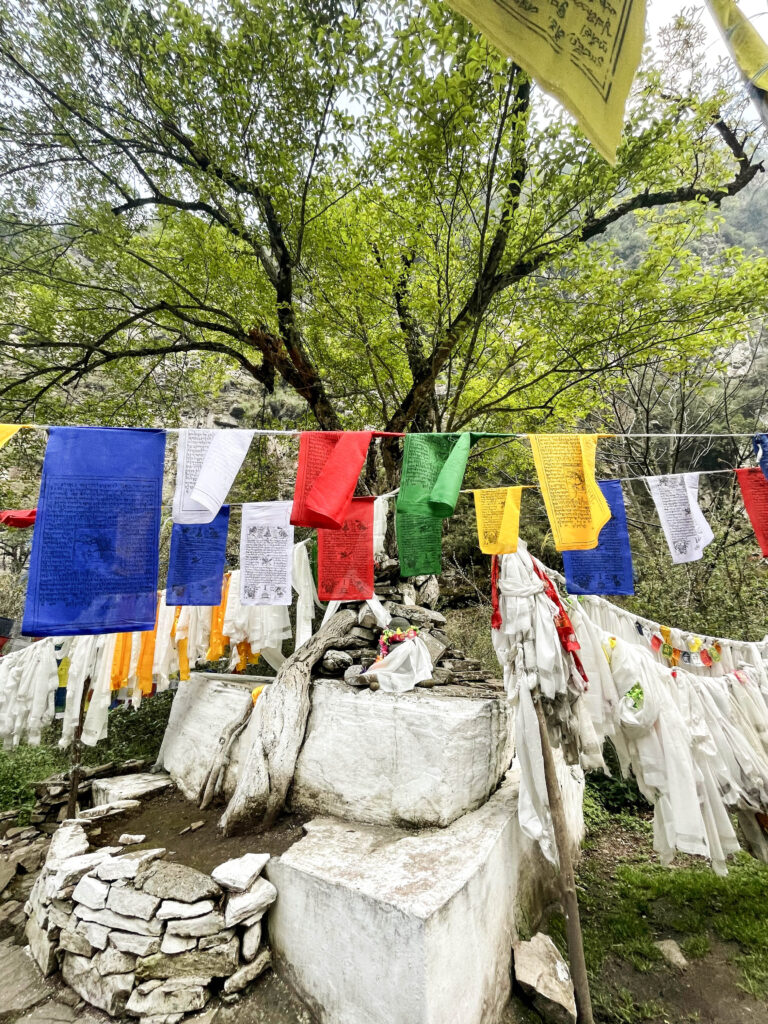
The Indian Himalayan Council of Nalanda Buddhist Tradition (IHCNBT) held its conference at Zemithang on April 17, 2023 underscoring the relevance of the place in the spread of Buddhism. The conference shed light on ‘Nalanda Buddhism/ Nalanda Buddhist Traditions’ which is dominantly followed throughout the Himalayan frontier across international borders. This school of Buddhism traces its roots from Nalanda Buddhist University in present-day Bihar, India.
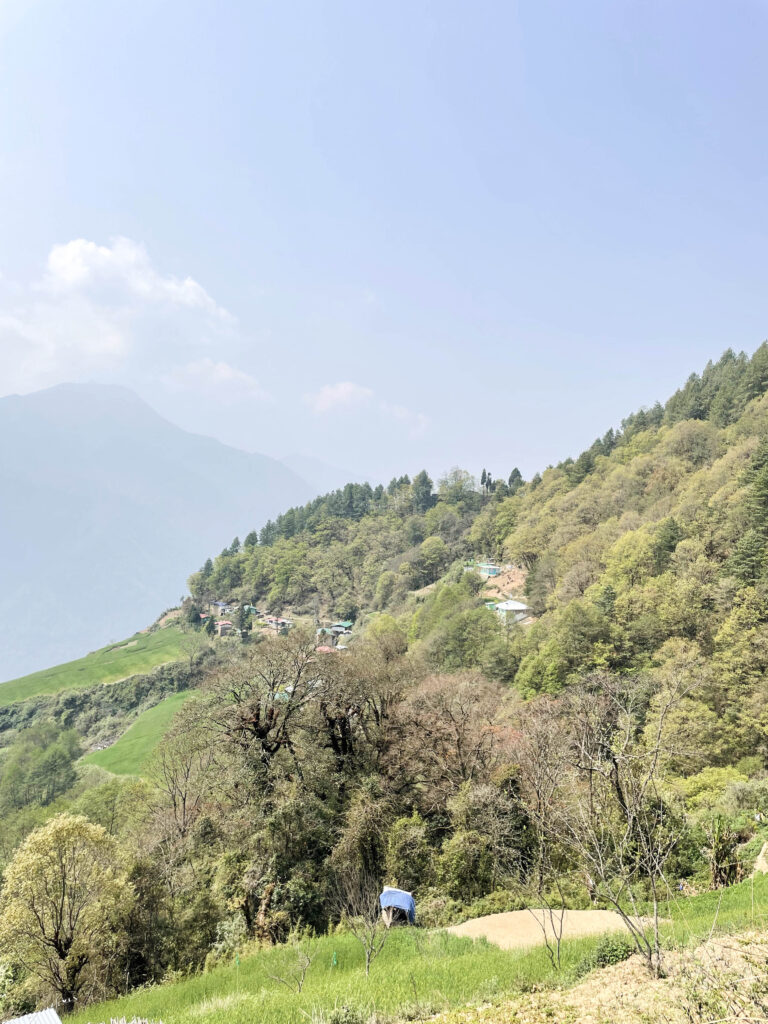
During the 5th and 6th CE, the university had revered scholars as their faculty and consequently produced renowned gurus who were instrumental in the spread of Buddha’s teachings and Buddhist philosophy in the sub-continent. One such figure from Nalanda University was Guru Padmasambhava also known as Guru Rinpoche who travelled from Nalanda and spread Buddhism throughout the current Himalayan Indian States and erstwhile Tibet (now TAR), from where it further spread to the South East Asian countries. Guru Padmasambhava was a Vajra Guru (a tantric master of the Vajrayana Buddhist tradition).
The historical stupas, monasteries and other remains in India, Nepal, Bhutan and Tibet marks the trails of Guru Padmasambhava. Gorsam chorten in Zemithang (in the premises of which the IHCNBT conference was held) shares architectural and theological foundations with Jarung kashor/boudhnath in Nepal, Chorten kora in Bhutan and Samye in Tibet (the first Buddhist monastery in Tibet built by King Trisong Deutsen under the aegis of Guru Padmasambhava who is said to have tamed the local spirits for its construction. Samye was destroyed during the Chinese Cultural Revolution and rebuilt after 1988).
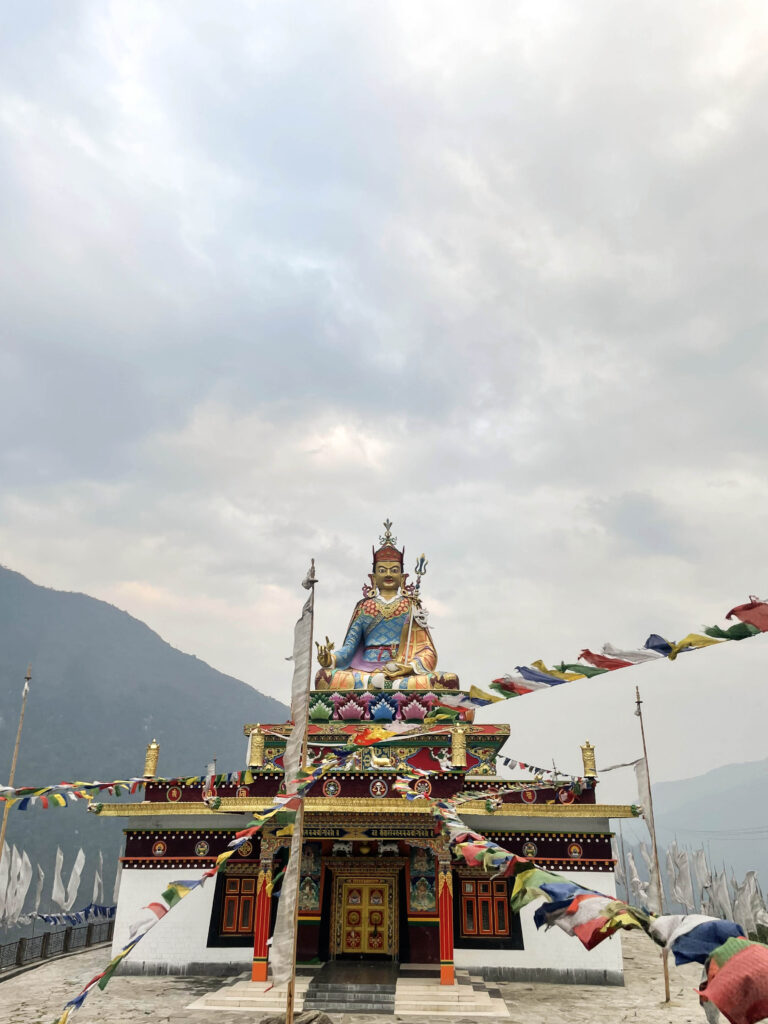
Guru Padmasambhava’s teachings of Vajrayana Buddhism, popularly known as ‘Nyigma school’ was founded and built on the translation of Buddhist scriptures in Sanskrit and Pali languages into Tibetan language during the reign of king Trisong Deutsen in the 8th century.
Zemithang is one of the selected sites for the ‘Vibrant Villages Programme’ which aims to comprehensively develop 2,967 villages in 19 districts along the northern Indian border. The program will be implemented by the district administration with the help of Gram Panchayats to promote sustainable eco-agri businesses, skill development, and tourism potential while nurturing entrepreneurship and empowering youth and women.
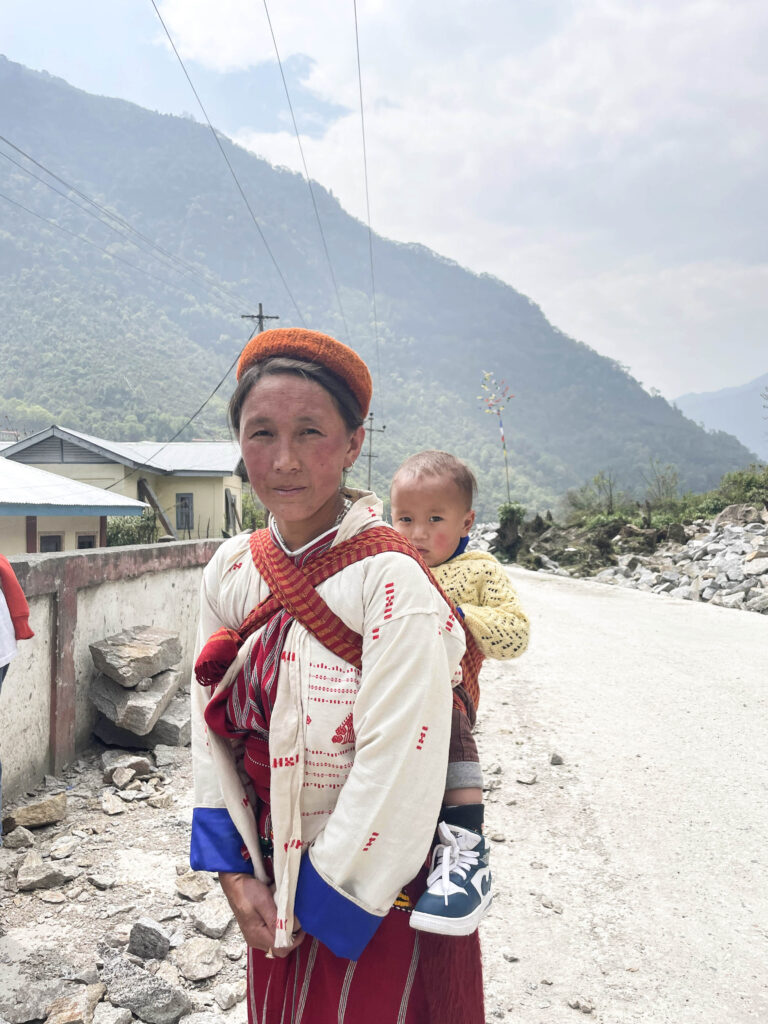
In line with the goals of Vibrant Village Programme, Zemithang initiated the ‘Gorsam Kora Festival’ to commemorate the ‘Friendship of Festival,’ which is determined based on the shared lunar calendar of India and Bhutan. Built on the heritage of religio-cultural link between the two countries, the event saw pilgrims pouring in from both India and Bhutan to offer prayers and celebrate the historical connections.
A significant highlight of the event was the prayers conducted at the kinzimane ‘Holy Tree’ site. Moreover, Zemithang also has untapped potential for adventure sports due to its majestic mountains and abundant rivers, and numerous breathtaking waterfalls that are worth admiring.
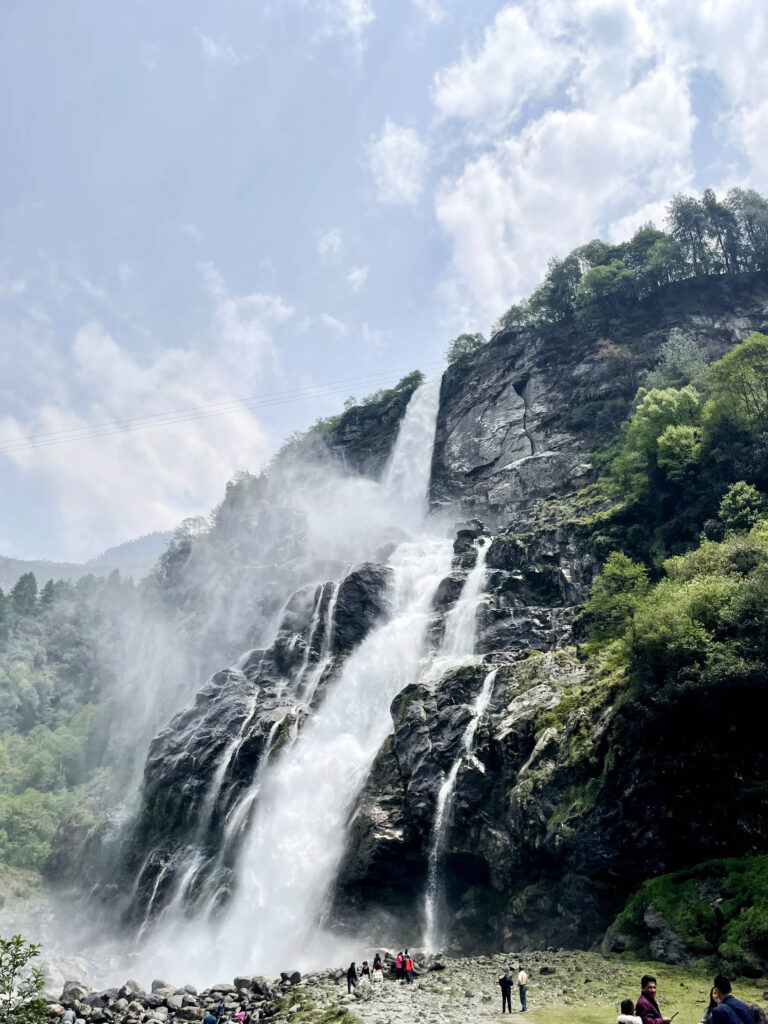
If I am to describe seeing them, it invoked in me a sense of awe for nature’s bounty. The eco-tourism potentials that the place holds are unquestionable.
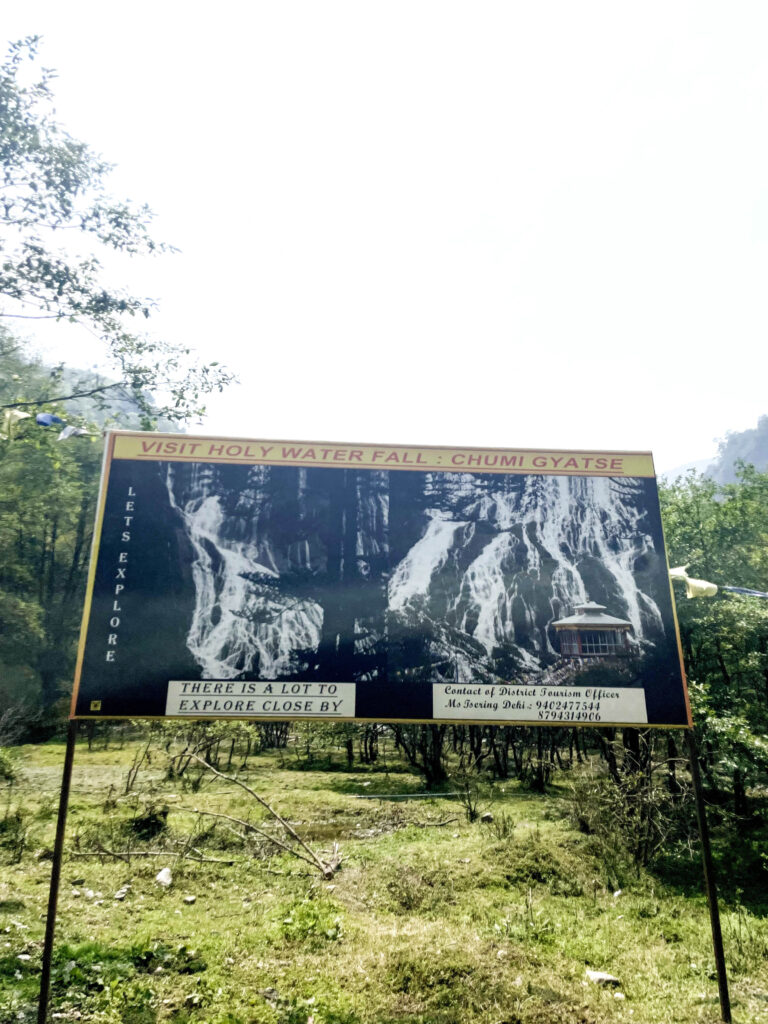
Besides its conspicuous topography, one cannot overlook the significant presence of the Indian Army in Zemithang. Sprawling army campsites can be spotted at multiple locations, not far apart from each other. Certainly, the strategic location warrants it.
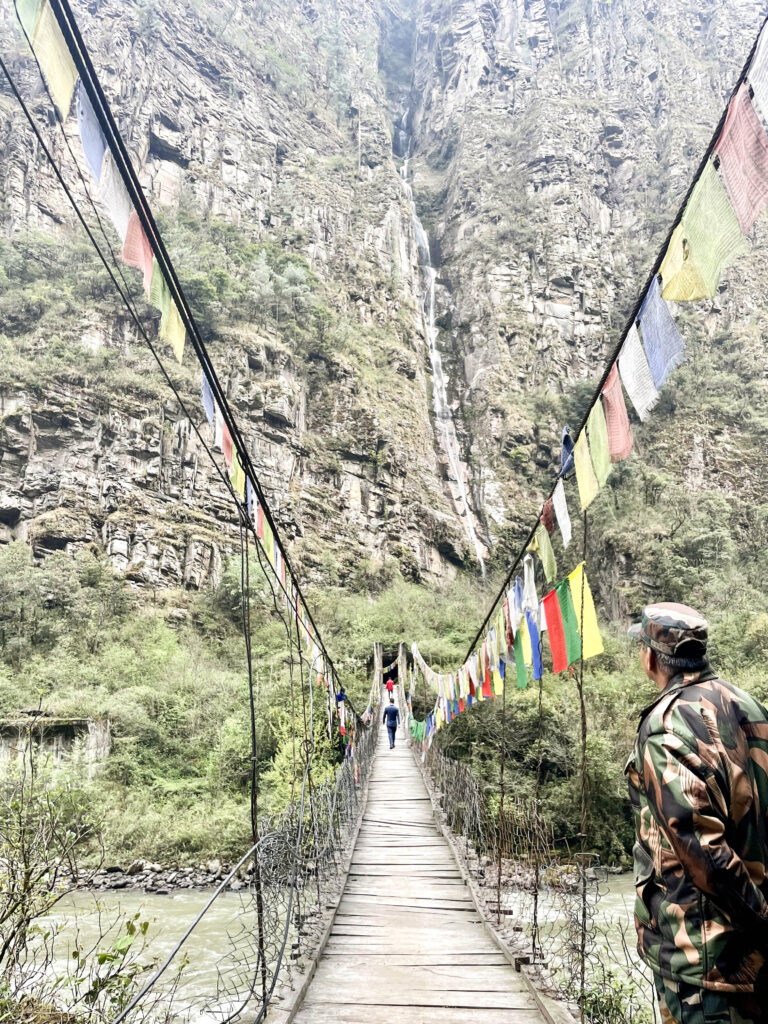
However, besides safeguarding the sovereign Indian territories, the Indian Army has made several remarkable contributions to the local population. From facilitating the Gorsam Kora festival, opening its field hospital services for civilians, providing logistic support to the civilian administration, to working in tandem with them, the Indian Army’s presence and contributions are evident.
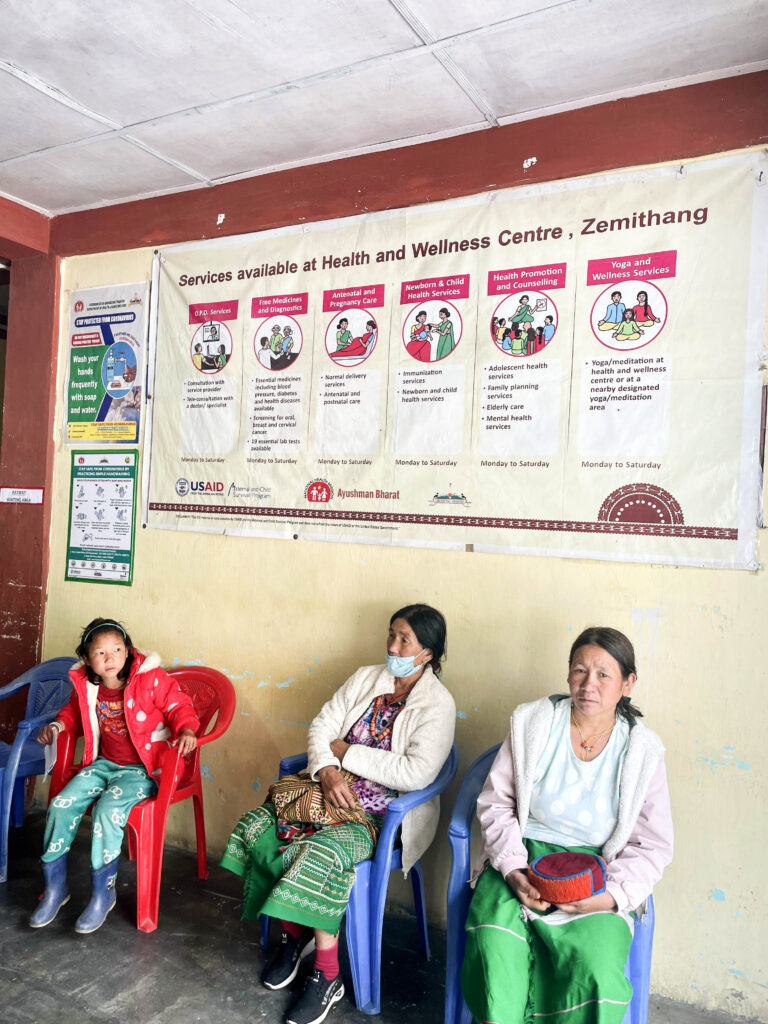
The Indian Army has been present in the region since the formation of the Indian Nation-State, and its valor during the 1962 Indo-China war continues to resonate in our collective memory. There are several places that takes us back to the past and fuels one’s imagination to see chapters from the military history getting animated in real time.
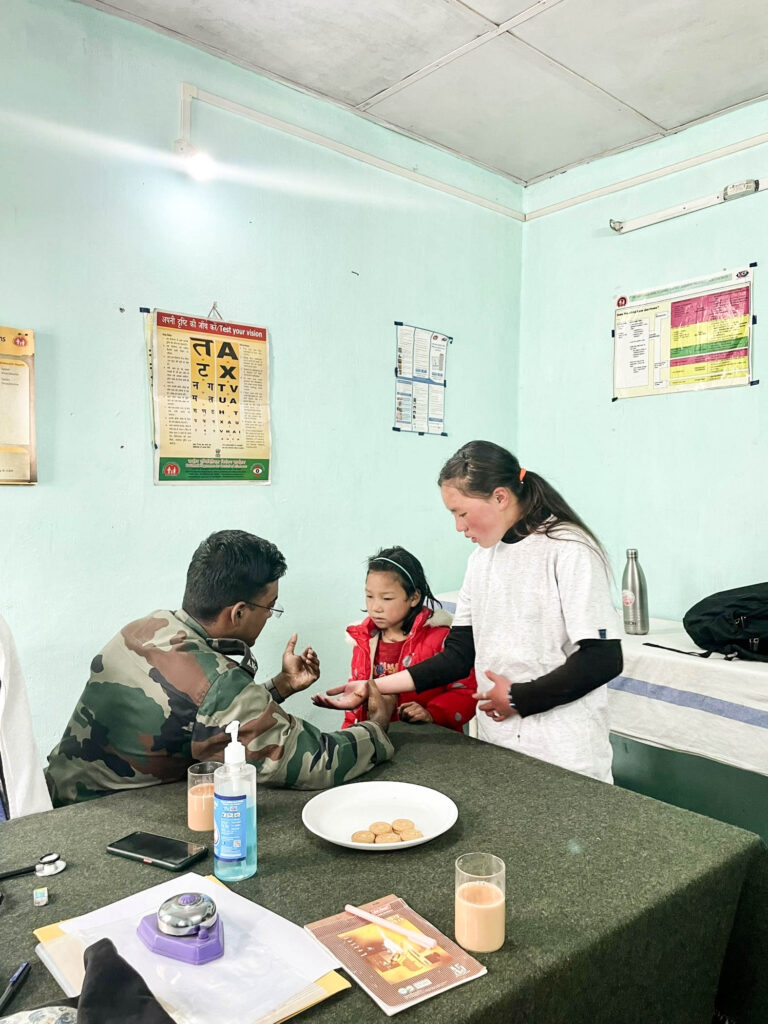
Leading simple lives, people were warm and had an innocence which did not necessarily come from a position of naïveté or ignorance, but emanated more from their purity of heart. The peace and tranquility that the place generously offers felt addictive; I would have no second thoughts to retreat back, away from the hustle-bustle and fast rush of city life.
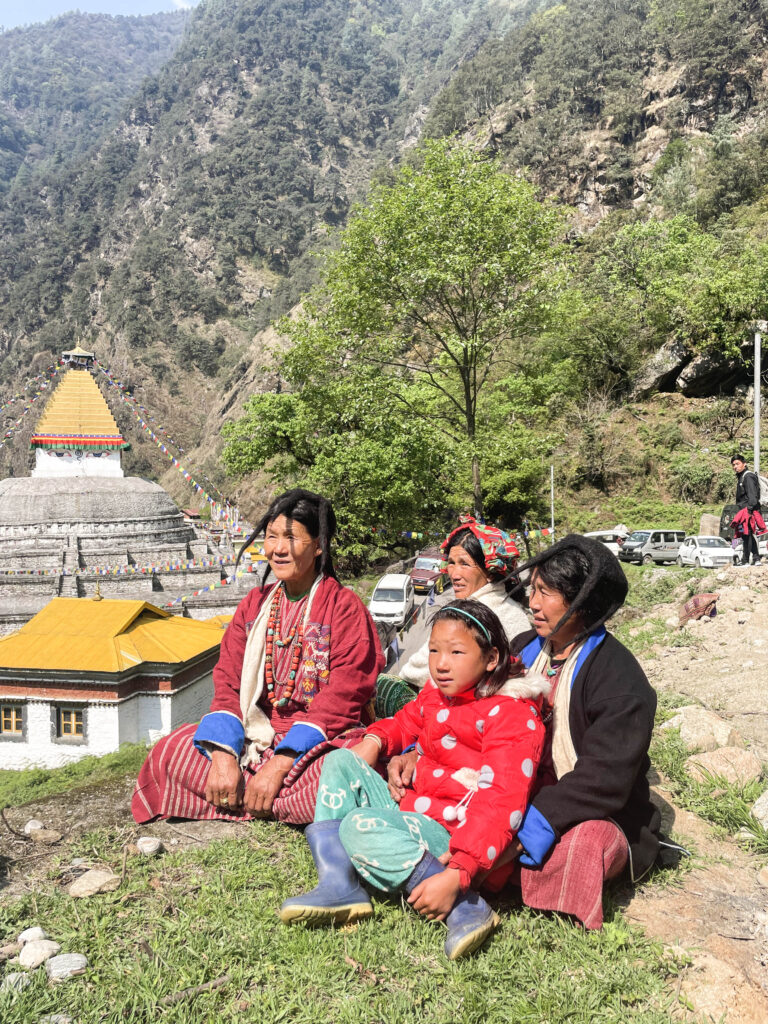
With several home-stays coming up, which are required to meet certain set standards to be operational, it is definitely a perfect place for rejuvenation. The spiritual environment and proximity to pristine nature gives a space to unwind and have a moment of silence with oneself. Personally, the place elicited a sense of happiness and calm that transcended mundane reasons.

